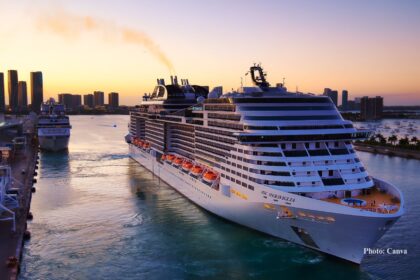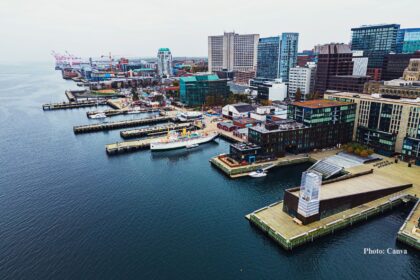Introduction
Jervis Bay on the South Coast of New South Wales is world-famous for its breathtaking beaches with dazzling white sand and pristine aquamarine waters. This idyllic coastal region, located around a 3-hour drive from both Sydney and Canberra, is a paradise for beach-lovers and outdoor adventurers.
Backed by national parks, dramatic sandstone cliffs, and coastal forests, the beaches of Jervis Bay boast a natural beauty that is second-to-none. The area’s unique geography and climate creates beaches with some of the whitest sands on the planet, as well as exceptionally clear waters teeming with marine life.
With such an embarrassment of beautiful riches, it can be tough deciding which beach to visit in Jervis Bay. To help you decide, we’ve put together a guide to five of the absolute best stretches of shoreline that you simply must experience on your travels here. Get ready to start planning your beach escape!
READ ALSO: The 5 Best Countries to Visit Central America
5 Best Beaches in Jervis Bay You Need to Experience:
Jervis Bay on the South Coast of New South Wales is renowned for its stunning white sand beaches and crystal clear turquoise waters. This natural paradise is a paradise for beach lovers, with so many incredible stretches of shoreline to choose from. Here are five of the best beaches in Jervis Bay that you absolutely must experience.
1. Hyams Beach
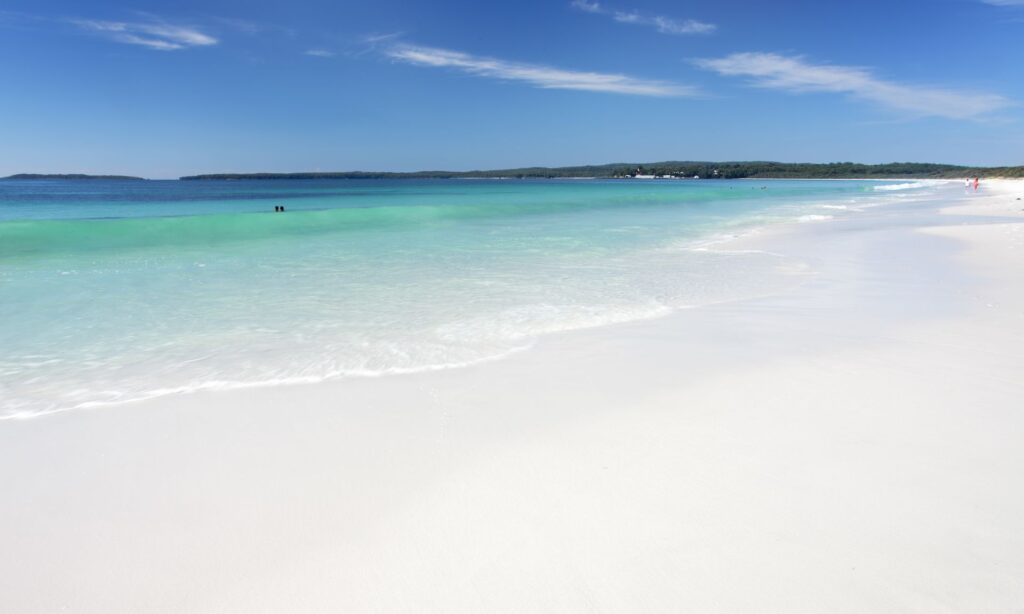
Frequently ranked as one of the best beaches in Australia and even the world, Hyams Beach is the crown jewel of Jervis Bay. The fine, powdery white sand here is officially recognized as having the whitest sand in the world. Combine that with the glistening aquamarine waters and it’s easy to see why this beach is such a showstopper. Soak up the sun, take a dip, or simply admire the incredible scenery on offer.
2. Greenfield Beach
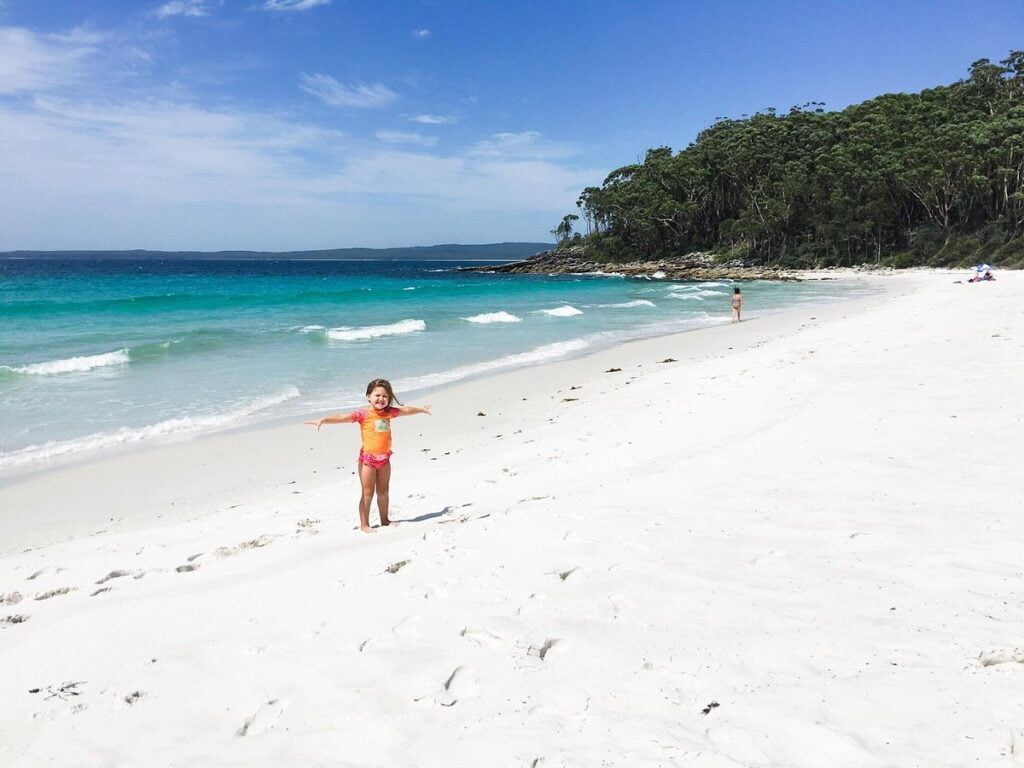
Another exquisite option is Greenfield Beach, nestled on the southern headland of Jervis Bay. This more secluded beach boasts clear emerald waters that are perfect for swimming, snorkeling or even scuba diving to explore the underwater world. Keep an eye out for dolphins frolicking in the waves. The tall Norfolk pines provide shade and a gorgeous backdrop for photos.
3. Murrays Beach

One of the larger beaches in Jervis Bay, Murrays Beach is a top pick for families with its gentle waves and grassy areas perfect for setting up for the day. At low tide, the calm water creates a huge expanse of shallows, ideal for kids to splash and play. There are also some excellent bushwalking tracks nearby if you want a scenic hike
4. Honeymoon Bay

As its romantic name suggests, Honeymoon Bay is a serene, secluded cove away from the crowds. Access is via a short, easy walking trail through coastal forest. You’ll be rewarded with an idyllic spot, the turquoise bay framed by dramatic sandstone cliffs and rock formations. It’s the perfect spot for a picnic or to relax and unwind. Just don’t forget your camera!
5. Chinamans Beach
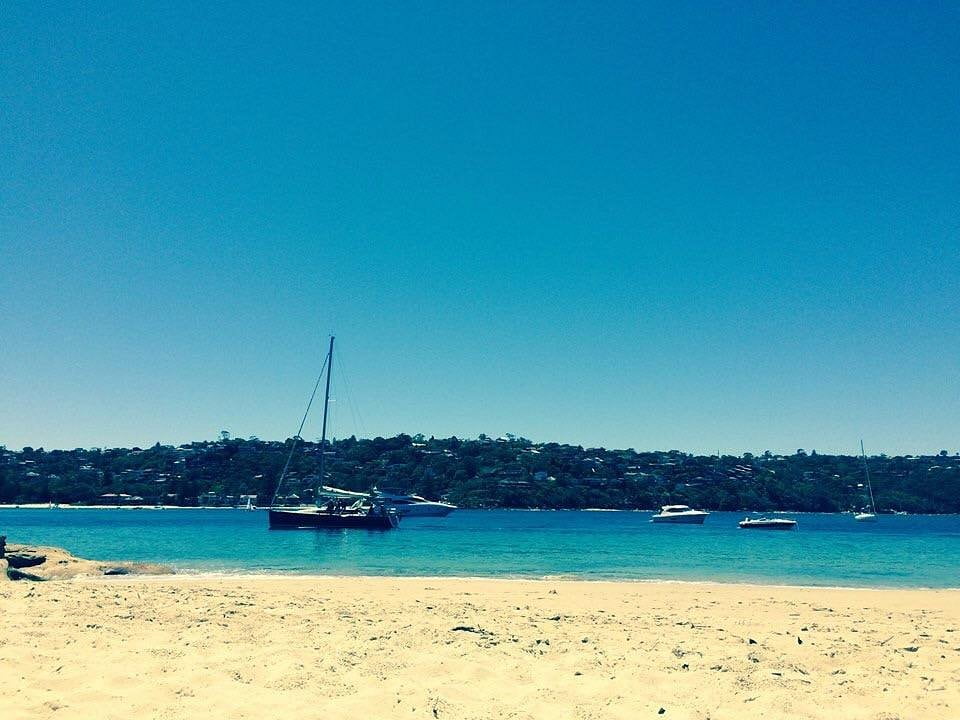
Last but not least is Chinamans Beach, a sheltered beach within the Booderee National Park area of Jervis Bay. The white sands curve in a crescent shape hugging the calm azure waters that make it a popular spot for swimming, kayaking and Stand-Up Paddleboarding. Its proximity to the Botanical Gardens adds to its natural charm.
No matter which beach you visit in Jervis Bay, you’re guaranteed an absolutely beautiful coastal setting to soak up the sun, play in the waves and make incredible holiday memories. Just remember to pack your sunscreen, swimmers and a sense of adventure!
Frequently Asked Questions
What is the water temperature like at Jervis Bay beaches?
The ocean temperatures in Jervis Bay are ideal for swimming for much of the year. In summer (December to February), water temperatures range from 18-24°C. Even in winter (June to August), temperatures are a pleasant 15-19°C on average.
Are the beaches patrolled by lifeguards?
The main beaches like Hyams Beach, Huskisson Beach, and Callala Beach have seasonal lifeguard patrols during the summer months from late September to late April. However, you should still exercise caution when swimming at unpatrolled areas.
Can you spot whales from the beaches?
Yes, Jervis Bay is a prime whale watching spot! Between May and November, humpback and southern right whales can often be spotted migrating close to shore. The headlands and beach areas provide great vantage points to potentially see these majestic creatures.
Are there facilities and amenities at the beaches?
Most of the popular beaches in and around the Jervis Bay territory have parking areas, toilets, picnic shelters, BBQ areas and playgrounds nearby. However, some of the more secluded beaches like Honeymoon Bay have limited to no facilities.
Can you Camp at Jervis Bay beaches?
Camping is not permitted on any of the beaches within Jervis Bay. However, there are several excellent campgrounds located in the surrounding Booderee National Park and Jervis Bay National Park areas that provide beach access.
Conclusion
Jervis Bay truly is a world-class beach destination offering stunning scenery, incredible white sands, and crystal clear waters. Whether you want a secluded cove for relaxation, a picturesque spot for photography, or a scenic locale for swimming and water sports, there is a perfect beach to suit every preference.
From the brilliant white sands of Hyams Beach to the emerald waters of Greenfield Beach, the dramatic sandstone backdrops of Honeymoon Bay to the sheltered swimming spots of Chinamans Beach, Jervis Bay’s beaches are unmatched in their beauty. With excellent beaches paired with stunning national parks and coastal walks, it’s a nature-lover’s paradise.
So pack your sunscreen, snacks, and sense of adventure, and get ready to experience some of the most breathtaking stretches of shoreline Australia has to offer. Whether you visit for a summer beach getaway or embrace the open spaces and mild winters, the beaches of Jervis Bay are guaranteed to leave you spellbound. This exquisite coastal gem should be at the very top of your Australian travel bucket list!
In another related article, The Best Hotels in New York City – Traveler’s Guide


